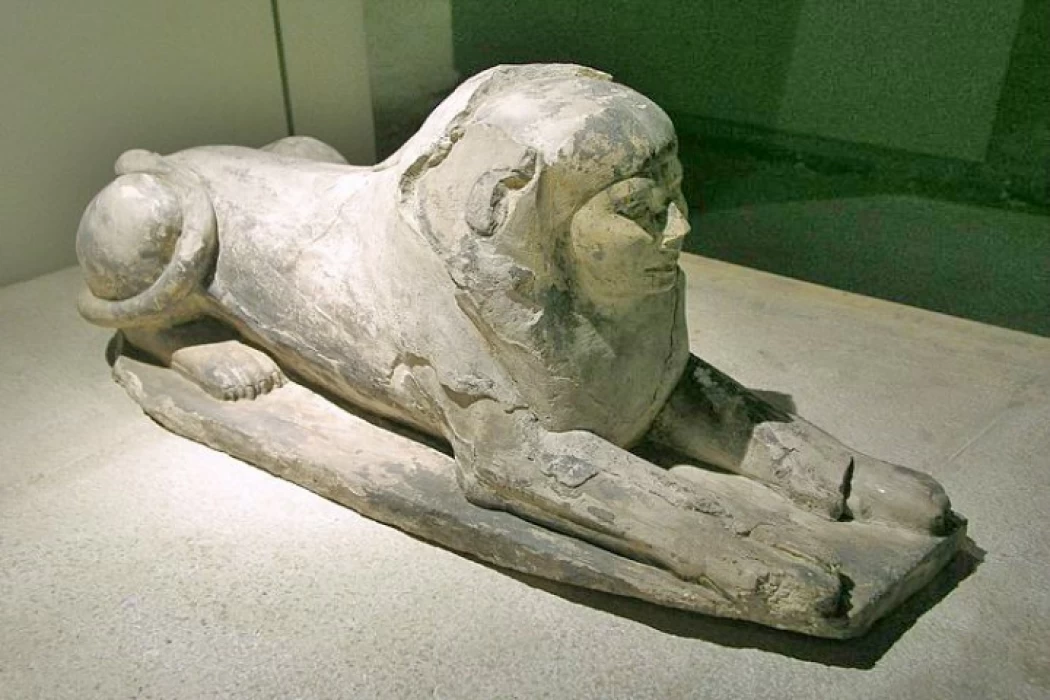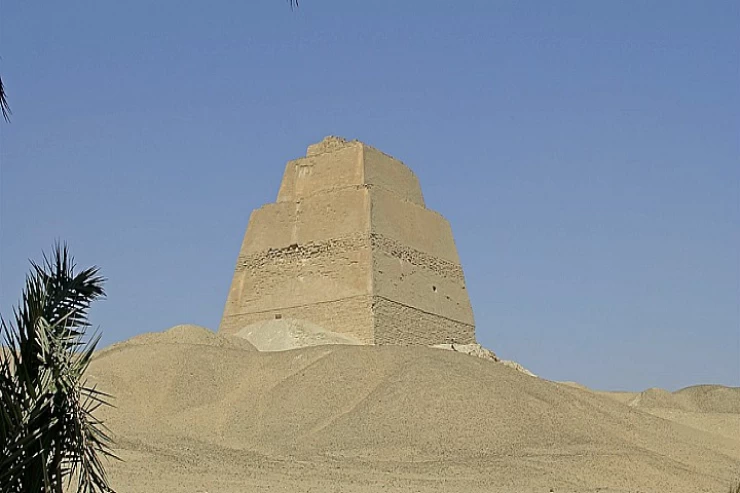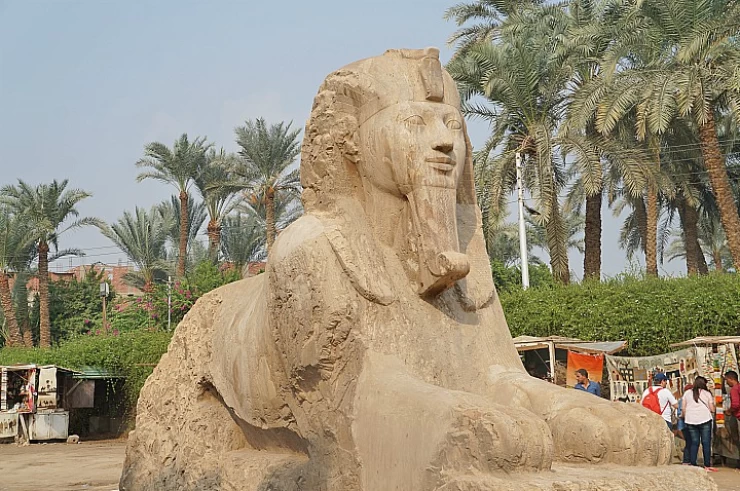
King Djedefre | Successor of Cheops
Fact About King Djedefre
In fact, Djaddouf Ra was not the first candidate to take over Egypt's rule after Khufu But he was his half-brother Ka and played by his first wife Merit ITS, murdered under mysterious circumstances in the life of his father, Chefu, where he is believed to have been assassinated in an orchestrated plot, One of her limbs was Djaddouf Ra, even if he had no part in it, he was undoubtedly the first beneficiary of the plot.
As soon as Djedef-Ra secured his position, he immediately hastened to marry his half-sister Hetep Hirs II to further secure his throne, who was at the same time the widow of his assassinated brother Ka and Ab, with whom he had a daughter and Hennefer Hutep S, who is often thought to have been the mother of Pharaoh Oser Kaf, the first pharaoh of the Fifth Dynasty, Djedef Ra remarried Khentet Inka, and there are conflicting opinions among historians as to whether she was the mother of the second Hutep, but it is certain that she was the mother of his three male children Set Ka, Her Net, and Ba Ka.
Most archaeologists believed that he was the first to add to his royal titles the title Son of Ra, which is evidence of the victory of the school of On (Heliopolis) and its priests at the expense of the priests of the capital Manaf, and his reign was characterized by the intensity of disputes and conflicts between him and his half-brothers, headed by his half-brother Gedef Hor, also died during the reign of his brother Djedef Ra, and his tomb was found next to his brother Kawab, incomplete and vengeful.
During his reign, Djedef-Ra began building his pyramid in the Aborwash area, as this pyramid was planned to be the same design as the pyramid of Min Kao-Ra that was built later, but it was not completed, as it is believed that Djedef-Ra was deposed from the king, and his fate was not determined after that whether he died naturally or was killed or disappeared in mysterious circumstances, and it is known that his half-brother Khafre did not complete the construction of Djedef-Ra's pyramid after him and left it as it is.
















